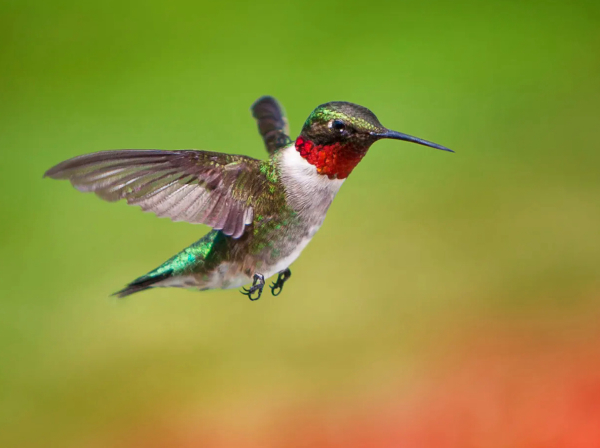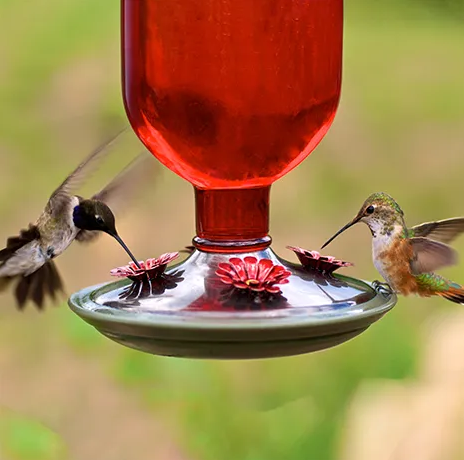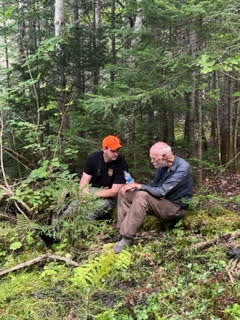SAF, Defense Distributed File Federal Challenge to California Gun Laws
BELLEVUE, WA – The Second Amendment Foundation is seeking a federal court injunction against enforcement of a California law restricting people from manufacturing their own firearms, which is an American tradition dating back to Colonial times, and another statute written to discourage court challenges.
Joining SAF is Defense Distributed, a Texas-based company that sells a product called the “Ghost Gunner,” a general-purpose Computerized Numerical Code (CNC) milling machine that allows a home gunsmith to complete unfinished frames and receivers for various types of firearms, including the AR-15, AR-308, M1911 and AK-47.
Defendants in the case are California Attorney General Rob Bonta and Luis Lopez, director of the California Bureau of Firearms, in their official capacities. The case is known as Defense Distributed v. Bonta.
“What we’re talking about is a milling process,” said SAF founder and Executive Vice President Alan M. Gottlieb, “which is common in modern manufacturing of a wide range of products, including firearm frames and receivers. Despite the long-standing tradition of personal firearms manufacture by private citizens, California has now criminalized the process.
“What’s worse,” he continued, “is that the state has enacted legislation that could financially penalize anyone, including an attorney or an entire law firm, if Read more













